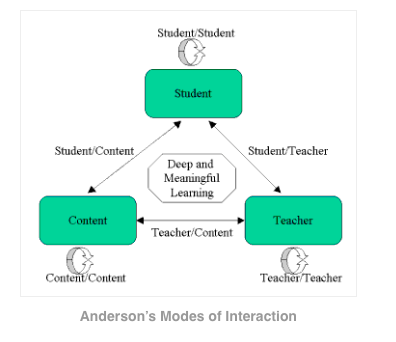I have chosen this video titled “What is Descriptive writing”?
In what way are they likely to respond to the video on their own e.g. make notes, do an activity, think about the topic (learner-generated)?
The video provided gives an introduction to descriptive language, including using the five senses and figurative language. Students may take notes on the definition of descriptive language, the five senses, as well as the figurative language devices listed. Students may also take the initiative to research the figurative language devices they do not recognize. Further on in the video, students are shown an example of a scene and are then asked to close their eyes and picture the scene being described. This allows students to recognize the impact description has on writing and what the goal is; ensuring readers can picture the scene in their mind.
What activity could you suggest they do, after they have watched the video (designed)? What type of knowledge or skill would that activity help develop? What medium or technology would students use to do the activity?
After watching the video, there are a couple options for activities students could do. One idea is that students could begin finding descriptive language in a mentor text, taking notes and explaining why they think it is or isn’t effective. This would allow students to critically think about description and how different authors use it to enhance their writing. Another option is for students to further explore their senses. In our Interactive Learning Resource, students are taken outside and use their five senses to describe the area they are observing. This allows students to connect description to a real-world context.
How would students get feedback on the activity that you set? What medium or technology would they and/or you use for getting and giving feedback on their activity?
Students would be able to get feedback in a few different ways. Students may complete a worksheet where they would be able to get direct feedback from the teacher. They could also be given time for reflection, or the teacher could provide a question/answer period to ensure students feel confident in their understanding. Working in groups will also allow students to reflect on their own understanding and receive extra help from their peers.
How much work for you would that activity cause? Would the work be both manageable and worthwhile? Could the activity be scaled for larger numbers of students?
Both of these activities do not require too much work for the teacher. The teacher will have to assess students’ participation as well as written work, which may make it difficult to be completed with a larger number of students. For the five senses activity, students could break up into small groups and share their answers rather than an entire class discussion including the teacher. It is important students have notes to refer back to in the future in case they get stuck and need to remember their previous work.

Leave a Reply